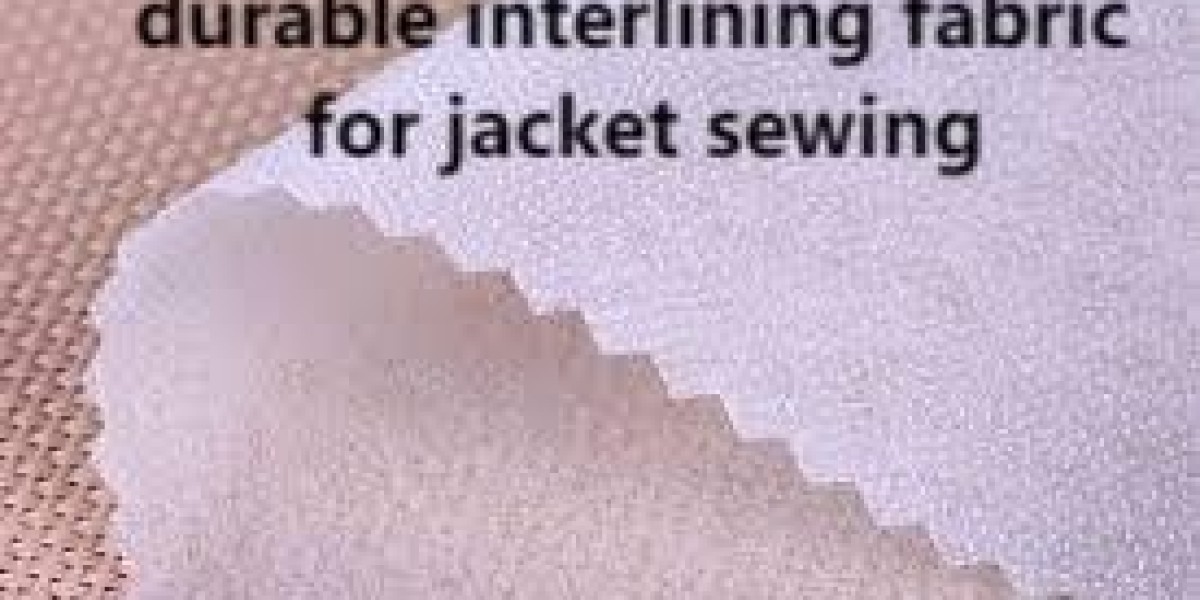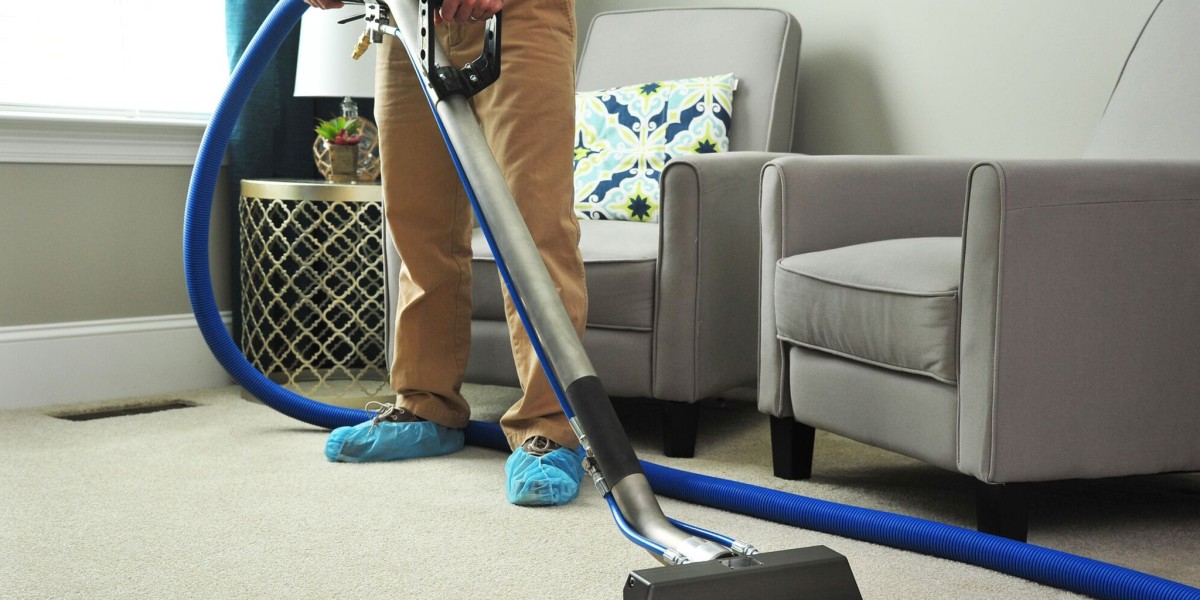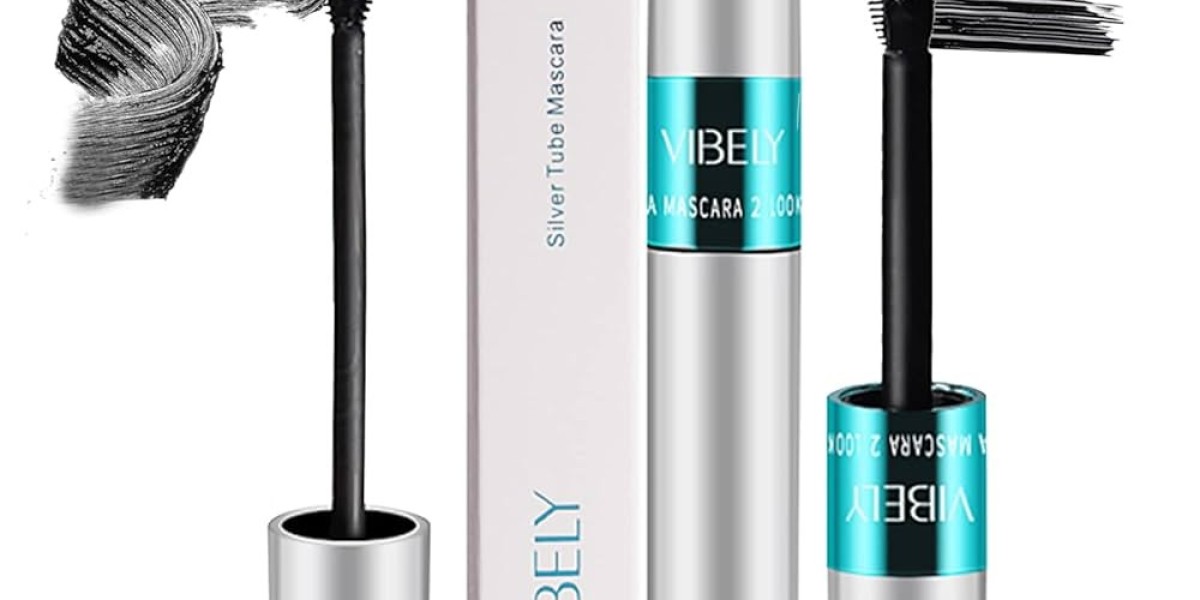The hidden layer inside many garments plays a crucial role in how a finished piece holds its shape; designers who specify Interlining in the middle of the construction process control drape and durability, and thoughtful early choices about Interlining reduce surprises during production and after repeated wear. This article follows practical decision points — material, application, testing, and lifecycle thinking — that turn invisible components into visible quality.
Why the unseen layer matters
Structure comes from beneath the surface. When a garment holds its line, resists sagging, and presents clean edges, much of that success originates in the support layer. It stabilizes collars, reinforces button areas, and prevents facings from collapsing. For consumers, the result is consistent fit and a perception of quality; for manufacturers, it means fewer returns and stronger brand reputation.
Choosing materials that suit the garment
Support fabrics vary widely. Some are engineered to fuse under heat, making them ideal for fast production runs; others are sewn in, offering repairability and selective reinforcement. Woven supports offer directional stability, knitted ones add stretch, and nonwoven choices give uniform thickness. Consider breathability, hand, and how the substrate behaves in laundering; the wrong match creates stiffness, puckering, or premature delamination.
Application methods and production realities
How the support is attached affects appearance and throughput. Bonding systems speed assembly but require precise temperature and pressure control; miscalibration causes wrinkles or visible glue lines. Sew-in application is forgiving with delicate outer fabrics but increases labor and assembly time. A hybrid approach—bonding broad areas and stitching stress points—often balances efficiency with long-term performance. Standardize settings and document them to reduce variation between production runs.
Testing that protects brand value
Validated sample protocols prevent costly recalls. Test combinations through realistic wash cycles, abrasion tests, and dimensional stability checks. Monitor adhesion strength and hand change after finishing processes. Recording results creates a reference library that speeds future development and prevents accidental mismatches between fabric and support. Small-scale accelerated aging can reveal failure modes that normal use might only expose months later.
Comfort and wearer experience
Support choices influence thermal behavior and tactile comfort. Heavy, dense substrates increase warmth and rigidity, while lighter supports preserve airflow and softness. For garments intended for active wear, prioritize elasticity and recovery to maintain mobility. For tailored outerwear, aim for supports that allow a crisp silhouette without transmitting stiffness to the wearer. Balancing structural needs with comfort decisions prevents garments from feeling stiff or overly heavy.
Sustainability and end-of-life thinking
Environmental impact is increasingly central to material selection. Recyclable fibers, low-energy bonding, and adhesives designed for separation at end of life reduce barriers to textile recycling. Minimizing offcuts through efficient nesting and selecting supports compatible with fabric recycling streams help close material loops. When possible, prefer supports that enable repair rather than replacement, extending garment life and reducing waste.
Collaboration across teams
Early and clear communication between designers, technologists, and production teams prevents misaligned expectations. Prototyping that pairs outer fabrics with candidate supports reveals interactions such as differential shrinkage or color shifting. Maintain a shared sample log with application parameters—heat, pressure, adhesive type—and pass this documentation to production teams. This collaboration accelerates approvals and reduces costly back-and-forth during ramp-up.
Practical tips for smaller operations
Small brands should standardize a limited palette of proven supports and document exact application recipes. Run modest pilot batches under representative conditions and track wash-and-wear outcomes. Build relationships with reliable suppliers who provide technical assistance and consistent quality. Investing time early in validation saves money and safeguards reputation as volumes increase.
Conclusion: visible quality starts with invisible choices
The internal support layer may be hidden, but it defines much of what consumers notice: fit, drape, and longevity. By selecting appropriate materials, applying them with controlled processes, and validating combinations through testing, creators deliver garments that meet design intent and survive real life. For further technical guidance, types, and application examples, visit https://www.interlining-factory.com/news/what-is-interlining-types-applications-and-more.html








